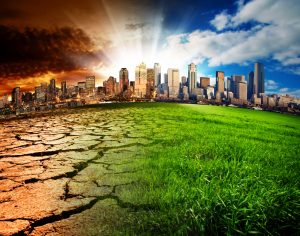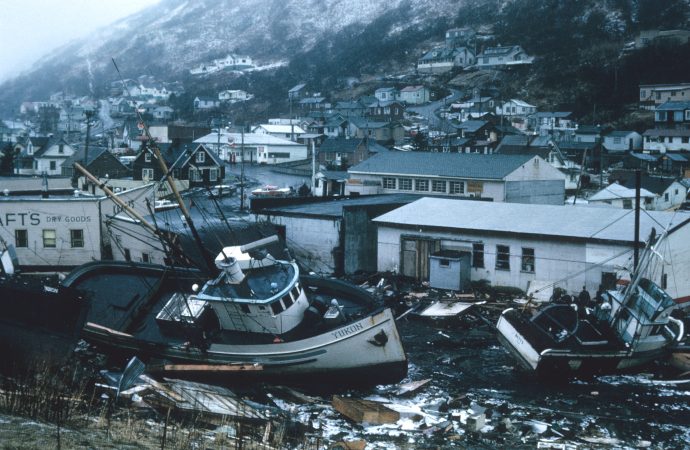Meet John Doe, a seasoned insurance advisor with over 20 years of experience in the field. John has helped numerous homeowners navigate the complex landscape of home insurance, especially in high-risk areas prone to natural disasters. Understanding the Retreat of Insurers from Disaster Zones In recent years, we’ve seen a trend of insurance companies withdrawing from areas
Meet John Doe, a seasoned insurance advisor with over 20 years of experience in the field. John has helped numerous homeowners navigate the complex landscape of home insurance, especially in high-risk areas prone to natural disasters.
Understanding the Retreat of Insurers from Disaster Zones
In recent years, we’ve seen a trend of insurance companies withdrawing from areas that are prone to natural disasters. This retreat is largely due to the increasing frequency and severity of these events, which has led to higher claims and lower profits for insurers.
The Impact on Homeowners
This retreat of insurers from disaster-prone areas has left many homeowners in a bind. Without insurance, they are left to bear the full cost of any damage to their homes from natural disasters. This can lead to significant financial hardship, especially for those who are not prepared for such events.
Evaluating Your Risk
As a homeowner, it’s important to understand your own risk level. This includes factors such as the location of your home, its construction, and your personal circumstances. By understanding your risk, you can make informed decisions about your insurance needs.

Image by: https://news.utexas.edu/disaster
Exploring Alternative Insurance Options
There are several alternative insurance options available to homeowners in high-risk areas. These include surplus lines insurers, which are insurers that specialize in high-risk policies, and government programs such as the National Flood Insurance Program.
Government Programs and Assistance
There are several government programs that can help homeowners in high-risk areas. For example, the Federal Emergency Management Agency (FEMA) offers grants and loans to help homeowners recover from disasters. Additionally, the National Flood Insurance Program provides flood insurance to homeowners in flood-prone areas.
Preparing for the Future: Mitigation and Safety Measures
There are several steps homeowners can take to mitigate their risk and protect their homes. These include installing storm shutters, reinforcing roofs, and elevating homes in flood-prone areas. By taking these steps, homeowners can reduce their risk and potentially lower their insurance premiums.
Table: Summary of Key Points
| Key Point | Description |
|---|---|
| Understanding the Retreat of Insurers | Insurers are retreating from disaster-prone areas due to increased claims and lower profits. |
| Impact on Homeowners | Homeowners are left to bear the full cost of damage from natural disasters. |
| Evaluating Your Risk | Homeowners should understand their risk level to make informed insurance decisions. |
| Alternative Insurance Options | Surplus lines insurers and government programs can provide coverage in high-risk areas. |
| Government Programs and Assistance | FEMA and the National Flood Insurance Program can provide assistance to homeowners. |
| Mitigation and Safety Measures | Homeowners can take steps to mitigate their risk and protect their homes. |
















